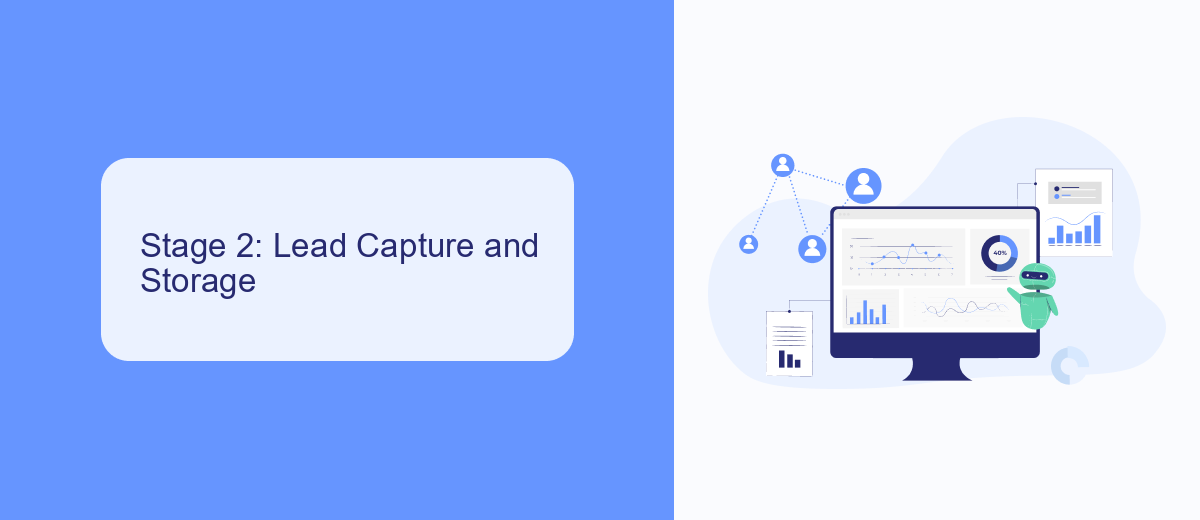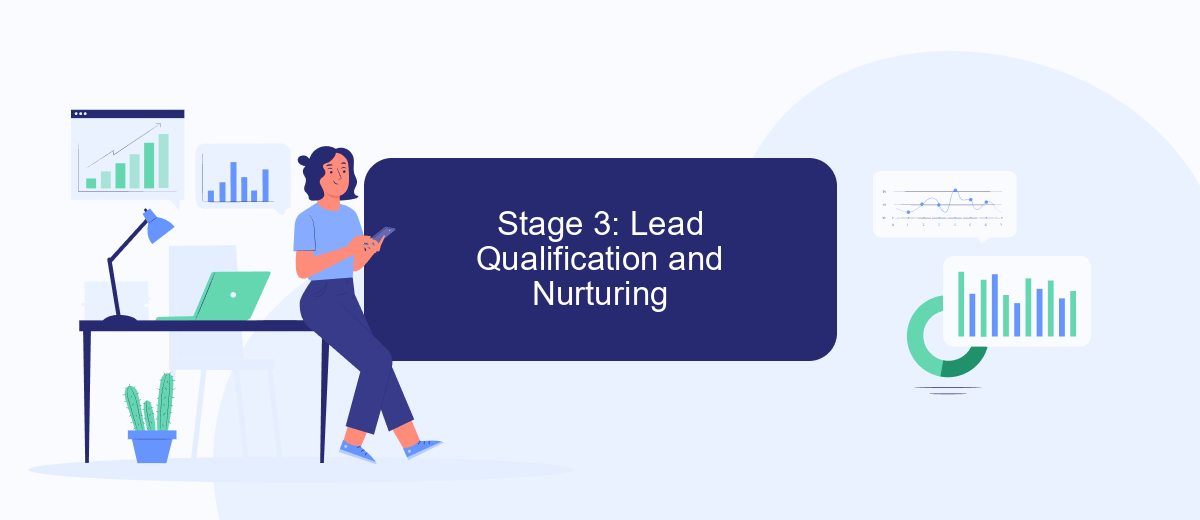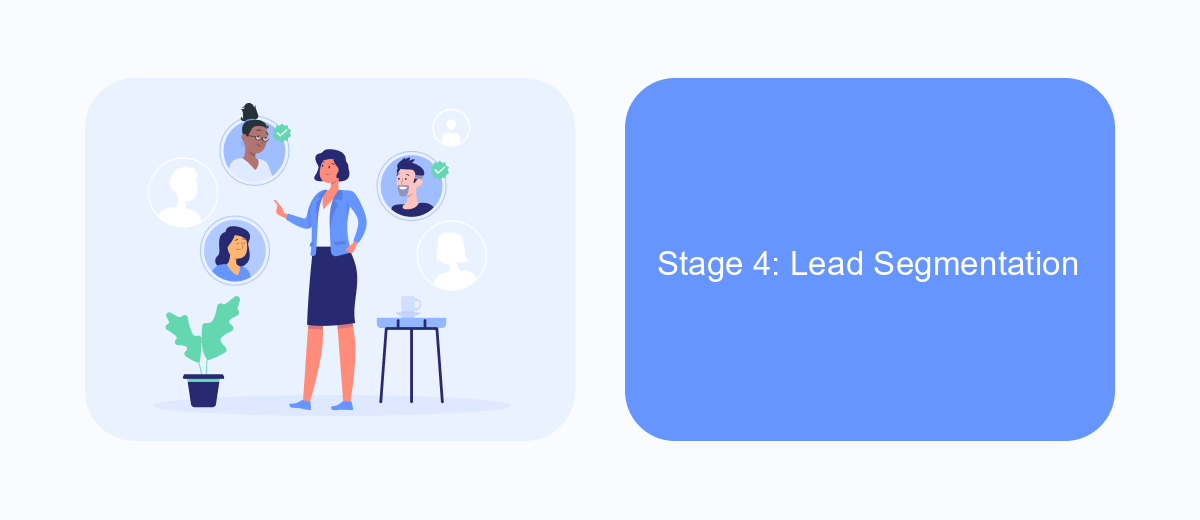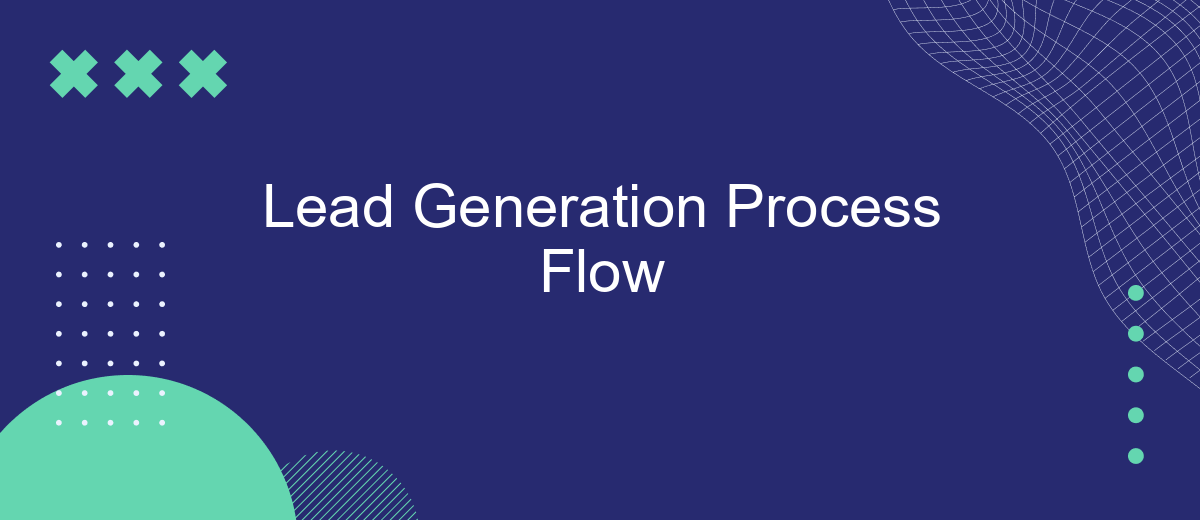Lead generation is a critical component of any successful marketing strategy, serving as the initial step in attracting and converting potential customers. This article delves into the lead generation process flow, outlining key stages from identifying prospects to nurturing leads and ultimately driving sales. Understanding this flow is essential for optimizing your approach and maximizing your marketing efforts.
Stage 1: Lead Generation Lead Forms
Lead generation forms are essential tools for capturing potential customer information. These forms are strategically placed on your website, landing pages, and social media platforms to gather data such as names, email addresses, and phone numbers. By effectively utilizing these forms, businesses can build a robust database of leads for future marketing efforts.
- Ensure the form is simple and user-friendly.
- Include clear and concise fields to avoid overwhelming the user.
- Incorporate a strong call-to-action (CTA) to encourage form completion.
- Optimize the form for mobile devices to capture leads on the go.
- Use integrations like SaveMyLeads to automate data transfer to your CRM.
Using services like SaveMyLeads can streamline the lead generation process by automating the transfer of captured data directly into your CRM or marketing platforms. This ensures that leads are promptly followed up on, improving the chances of conversion. By optimizing your lead generation forms and leveraging automation tools, you can significantly enhance your lead capture efficiency.
Stage 2: Lead Capture and Storage

Once potential leads are identified, the next crucial step is the capture and storage of their information. This involves collecting data through various channels such as web forms, landing pages, and social media interactions. Effective lead capture requires the use of tools and software that can seamlessly gather and organize this information. SaveMyLeads is an excellent service that can automate the integration of lead data from different platforms into your CRM system, ensuring that no valuable lead is lost in the process.
Storing lead information securely and efficiently is just as important as capturing it. A reliable CRM system can help manage and segment leads based on their behavior and interactions. This segmentation allows for personalized follow-ups and targeted marketing efforts. SaveMyLeads not only facilitates the smooth transfer of data but also ensures that the information is updated in real-time, providing your sales team with the most accurate and timely data for their outreach efforts.
Stage 3: Lead Qualification and Nurturing

Once leads are captured, the next step is to qualify and nurture them to ensure they are a good fit for your product or service. This stage involves evaluating the leads based on various criteria and engaging them through targeted communication to build a relationship.
- Assess lead quality: Use criteria such as budget, authority, need, and timing (BANT) to evaluate the potential of each lead.
- Segment leads: Categorize leads based on their level of interest and readiness to purchase.
- Nurture leads: Develop personalized content and campaigns to engage leads and move them through the sales funnel.
- Utilize automation tools: Implement services like SaveMyLeads to streamline lead nurturing and integrate with other marketing tools for efficient workflow.
- Monitor and adjust: Continuously track the performance of your lead nurturing efforts and make necessary adjustments to improve conversion rates.
Effective lead qualification and nurturing are crucial for maximizing the return on your lead generation efforts. By systematically assessing and engaging leads, you can ensure that your sales team focuses on the most promising opportunities, leading to higher conversion rates and improved sales performance.
Stage 4: Lead Segmentation

Lead segmentation is a crucial stage in the lead generation process, where leads are categorized based on specific criteria. This segmentation allows businesses to tailor their marketing efforts more effectively, ensuring that each lead receives the most relevant content and offers.
During this stage, it's essential to analyze various data points such as demographics, behavior, and engagement levels. By understanding the unique characteristics of each lead, companies can create targeted marketing strategies that resonate with their audience.
- Demographic information (age, gender, location)
- Behavioral data (website visits, email opens, clicks)
- Engagement levels (response to previous campaigns)
- Purchase history
Tools like SaveMyLeads can streamline the segmentation process by automating data collection and integration. SaveMyLeads allows for seamless integration with various platforms, ensuring that all relevant lead information is easily accessible and up-to-date. This automation not only saves time but also enhances the accuracy of lead segmentation, leading to more effective marketing campaigns.


Stage 5: Lead Conversion
Lead conversion is the critical stage where potential leads are transformed into actual customers. This phase requires a strategic approach, combining effective communication, personalized offers, and timely follow-ups. Utilizing CRM tools can help track interactions and ensure that no lead falls through the cracks. It's essential to understand the needs and pain points of your leads to provide tailored solutions that resonate with them, thereby increasing the likelihood of conversion.
Integrating automation tools, such as SaveMyLeads, can significantly enhance the lead conversion process. SaveMyLeads allows seamless integration with various platforms, ensuring that all lead information is up-to-date and easily accessible. By automating routine tasks and streamlining workflows, your sales team can focus more on engaging with leads and nurturing relationships. This not only improves efficiency but also ensures a higher conversion rate by providing a consistent and personalized experience for each lead.
FAQ
What is lead generation?
How can I automate my lead generation process?
What are the key stages in the lead generation process flow?
How do I qualify a lead?
What is the role of a CRM in lead generation?
Personalized responses to new clients from Facebook/Instagram. Receiving data on new orders in real time. Prompt delivery of information to all employees who are involved in lead processing. All this can be done automatically. With the SaveMyLeads service, you will be able to easily create integrations for Facebook Lead Ads and implement automation. Set up the integration once and let it do the chores every day.
